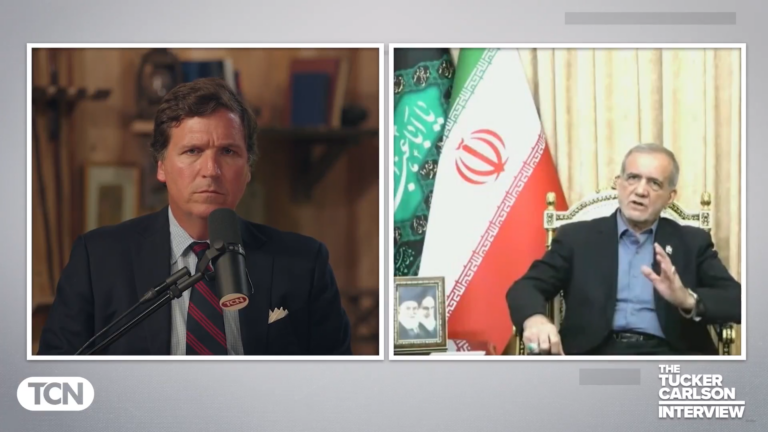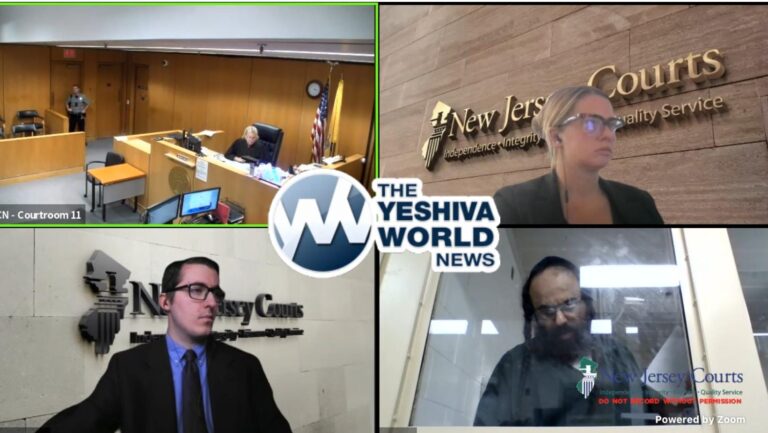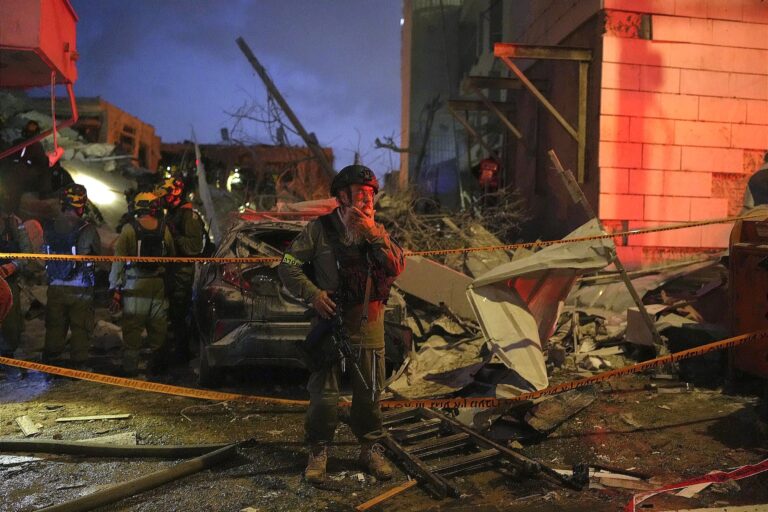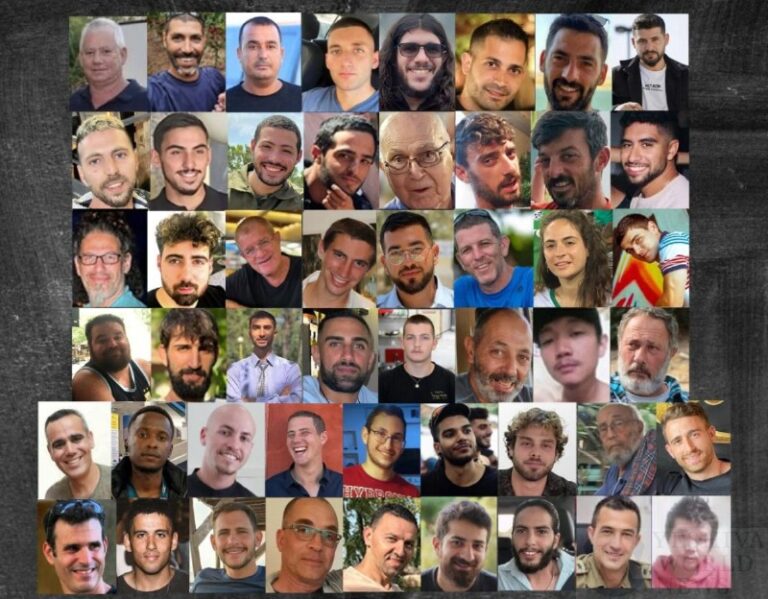This week’s Haftorah is no less disheartening then any of the two previous Haftoros. There is, however, something is very different about it. The Haftorah consists of the opening Nevuos of Yishayohu in which he relays Hashem’s message of the destruction. More than a description of the eventual destruction it is a depiction of the state of affairs leading up to the destruction. It describes how badly Klal-Yisroel was behaving, and how corrupt we had become. While the Haftorah depicts a totally degenerate nation, it is somehow infused with a spirit of hope.
Last week we read a very bleak Haftorah from Yirmiyahu. The thrust of the Haftorah was basically that we are in a state of despair. Last week’s Haftorah didn’t end with anything really positive and therefore we added on another more positive Passuk from elsewhere, whereas this week’s Haftorah concludes on a high note. In this week’s Haftorah the Navi ends by telling us that “Zion will be redeemed through justice and its returnees will return through righteousness”. This definite and strong affirmation of future Redemption is in its own right something encouraging, but the entire Haftorah seems to have some hidden element which is less depressing than those that preceded it. In order to lead up to such an ending there must have some sort of underlining theme. What is this special theme?
In the previous Haftoros the focus was more on what had occurred to Am-Yisroel. The focus was the destruction itself. In our Haftorah Hashem (through the mouth of Yishayohu) makes a direct attack on Klal-Yisroel’s behaviors that ultimately led to the destruction. The Navi says straight out “שריך סוררים” (“your princes are wayward”) – that our leaders went astray. The Passuk continues to tell us how they became corrupt, took, brides, and were ruthless. The Navi tells us exactly what was to cause the eventual Churban.
There is a saying that ‘knowing is half the battle’. In The Nevuos we read from Yirmiyohu the main focus was the actual Churban (this is partially because he lived during the Churban). The Nevuah of Yishayohu that we read this week is a prediction of what our actions were about to lead to. The fact that the Navi pinpoints the cause of the catastrophe is actually telling us that we can remedy the whole thing. This is the intent of the Haftorah’s conclusion. The Haftorah ends by telling us that through justice and righteousness Yerushalayim will be redeemed and we will come home. Through good deeds and justice we can earn and create our redemption. While this is a task that we have yet to perform in our two thousand years of Galus – the Navi’s words still resonate and transmit a loud and clear message. The Navi is clearly telling us that with a conscious effort towards justice and righteousness we can fix our world for good.
A very warm Good Shabbos, Rabbi Y. Dov Krakowski










